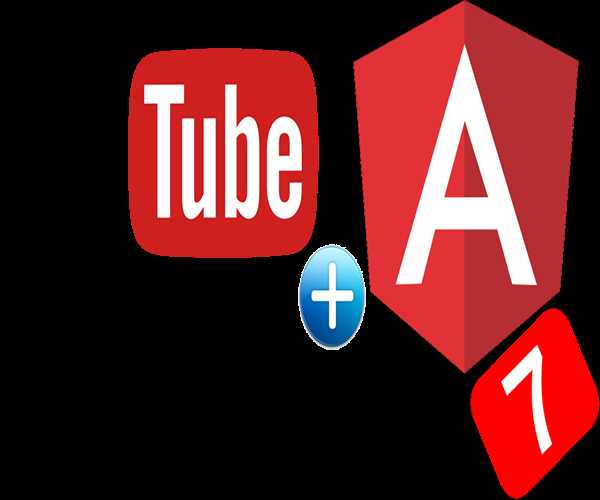In the digital era of today, multimedia is an important factor that affects user engagement and the quality of their online experience. Considering the increasing popularity of Angular as a front-end framework for developing web applications, developers are left searching for effective methods of embedding different media components, including YouTube videos, into their Angular applications. In the detailed hereby, we will dive into the process of smooth fitting of the YouTube videos into an Angular application, by discussing everything from setting up the project to implementing the functionality.
Angular Set Up
Before getting into the inclusion of YouTube videos, the establishment of a new Angular project or the reuse of an existing one should be made. Developers can use Angular CLI (Command Line Interface), to initiate a new Angular project with ease. With the command `ng new project-name` Angular CLI creates a new project with the required files and dependencies.
Make sure then the project is configured, navigate to the project directory, and install the dependencies using npm/yarn. These dependencies might be Angular Material, Bootstrap, and/or other libraries required for styling and UI components.
Installation of Angular YouTube Player Component
The developers can create an Angular application that includes YouTube videos by using libraries that have Angular components allowing for easy integration. A well-known library of the kind 'ngx-youtube-player' is an Angular component for embedding YouTube videos.
To install `ngx-youtube-player`, run the command `npm install ngx-youtube-player`. After the library installation, import the 'YoutubePlayerModule' into the Angular app's main module (e.g., AppModule) to make the YouTube player component available app-wide.
YouTube video component
Once the required setup is done it's time to create a new Angular component which will be responsible for displaying YouTube videos. With the help of `ng generate component video-player` Angular CLI command developers can create a new component.
When the component has been generated, go to relative files (HTML, TypeScript, and CSS) and how it is supposed to look, and how it should perform. This will involve in-scripting of the 'ngx-youtube-player' component into the template HTML file, as well as logic to pull and show the YouTube videos' content dynamically.
Fetching YouTube Video Data
Developers can use the YouTube Data API to fetch YouTube video data such as video titles, descriptions, and thumbnails. Developers can get information on YouTube videos by making HTTP requests to the API endpoints either using the video ID or the search query. Angular provides many ways to make HTTP requests which include the HttpClient module. Developers can realize the HTTP Client service into their Angular components and use them to call the YouTube Data API and retrieve data this way.
Displaying YouTube Video Thumbnails
Though embedding YouTube videos, developers are also enthusiastic about displaying video thumbnails in their Angular application. This is done by pulling the URLs of the video thumbnails from the YouTube Data API and rendering them in the UI dynamically in the application.
Developers can implement Angular's data binding syntax and interpolation to bind the thumbnail URLs to IMG elements in the HTML template. By iterating over a list of YouTube videos and generating dynamic image elements for each video thumbnail, developers can create an appealing video browsing user interface.
Handling User Interactions
The integration of YouTube videos into an Angular application also includes user interactions like play, pause, seek, and volume control as well. The developers can utilize the component’s methods and event handlers comfortably to implement the above functionalities.
Developers can, therefore, implement custom programs to register for and differentiate between the various types of events emitted by the YouTube player component and then react accordingly. The buttons, for example, playing/pausing switch the video play state or seeking bar for users to jump to different parts of the video.
User Experience through Personalization
To provide a better user interface and personalize the look of the embedded YouTube videos, the developers can make use of the CSS styling and the built-in styling features of the Angular framework. With custom CSS styles applied to the YouTube player component and other surrounding elements, the developers can achieve the alignment of the video player with the design guidelines that apply to the Angular application.
Besides this, the ngx-youtube-player component provides various customization options that can be investigated by developers, including setting up playback parameters, controlling video quality, and creating personalized UI controls.
In summary, the integration of YouTube videos into an Angular app can help developers build an app that provides the end user with a richly engaging multimedia experience. Using the detailed instructions given in this guide, developers will find it easy to integrate YouTube videos, dynamically fetch video data, handle user interactions, and customize the player's look and feel to create a gorgeous and immersive user environment within their Angular apps. Complemented by suitable instruments and methods, developers have the opportunity to make use of the full potential of Angular and YouTube integration by creating compelling and interactive web applications for their audience.




Leave Comment